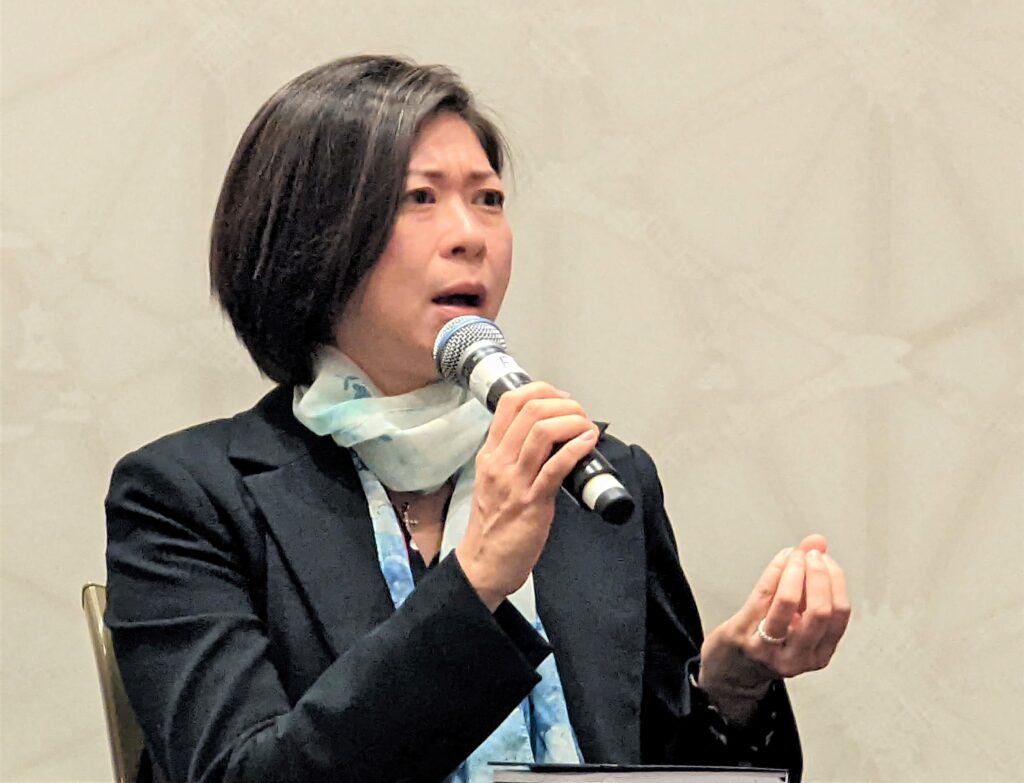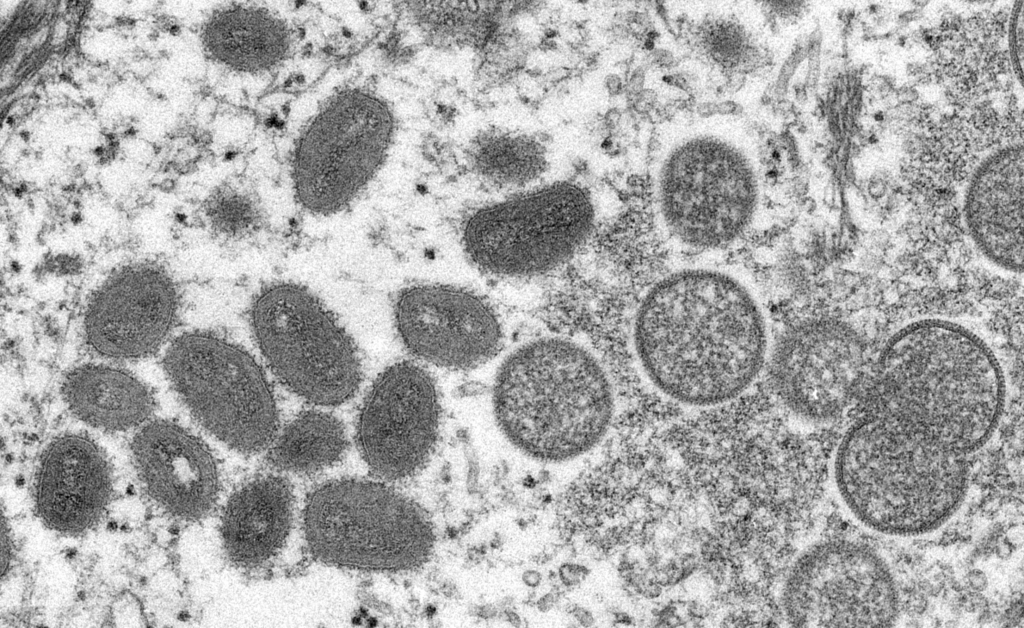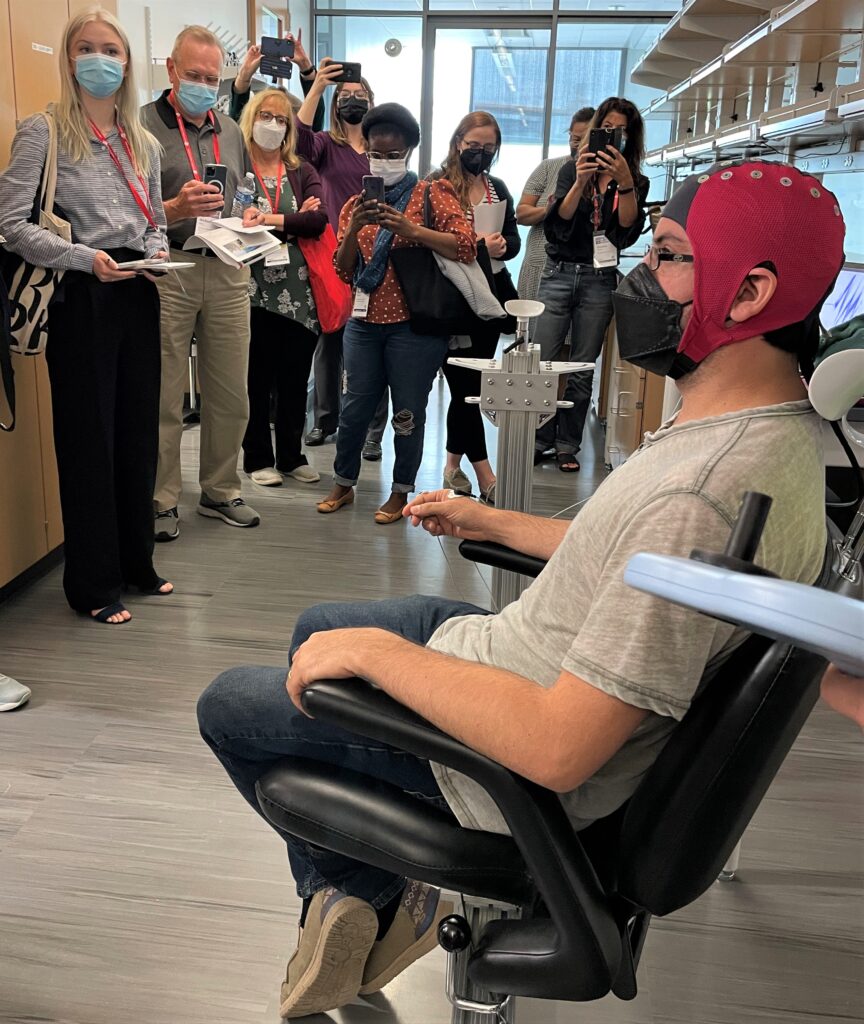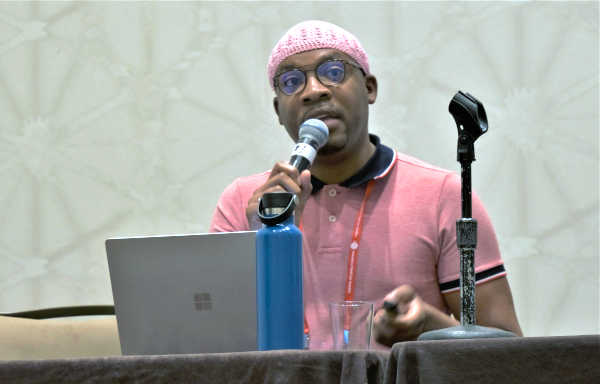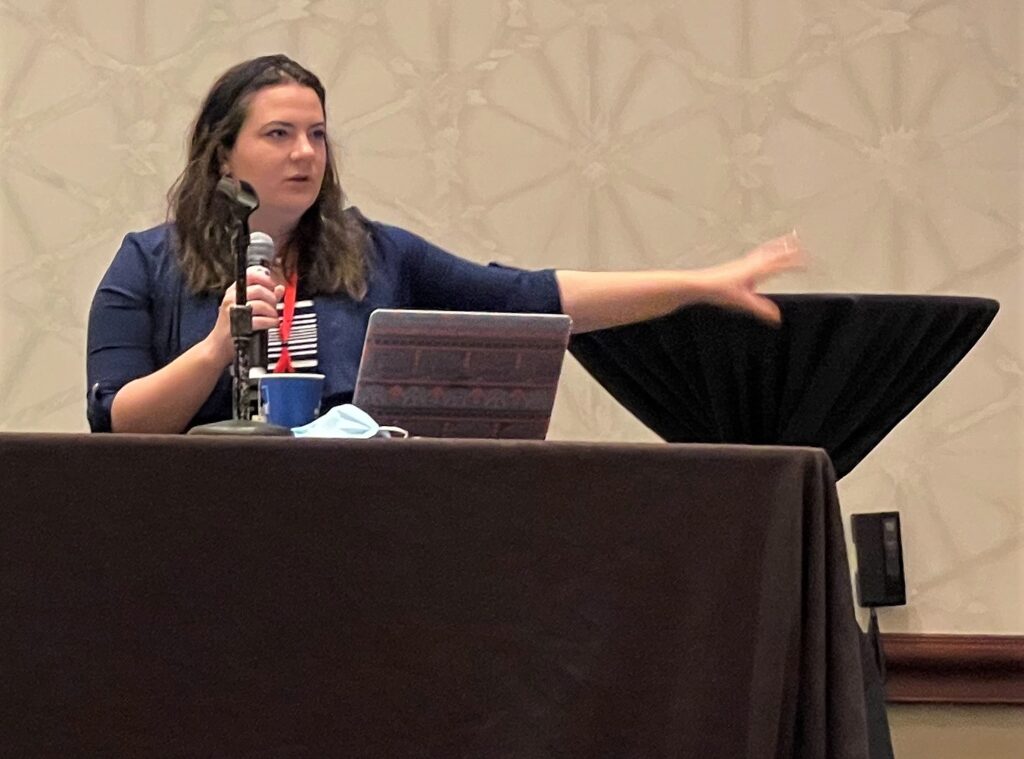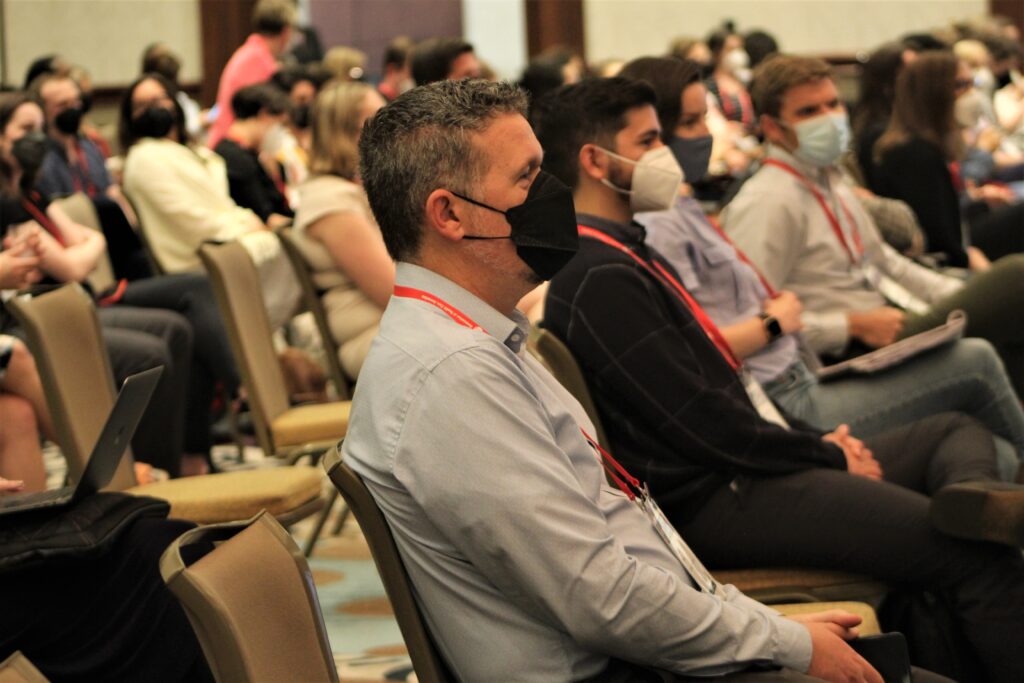Tag
#ahcj22
-
A closer glance at long COVID: What to know
Long COVID, long haulers, post-COVID syndrome, post-acute sequelae of COVID — from the early days of the pandemic — there…

-
‘A national calling’ to address child and adolescent mental health
The COVID-19 pandemic unleashed, but didn’t spark a relative tidal wave of demand for counseling services for children and teens.…

-
The Monkeypox threat and what we have learned from the COVID-19 pandemic
The world isn’t done with the SARS-CoV-2 virus pandemic, and now another pathogen has public health officials on high alert:…

-
Brain-computer interfaces translate thoughts to actions
Imagine if a computer or assistive technology could process the thoughts of a person paralyzed or lacking the ability to…

-
Going beyond umbrella statistics when covering health in LGBTQ communities
Reporters covering LGBTQ people are encouraged to go beyond umbrella statistics, become familiar with appropriate terminology and avoid framing stories…

-
Gaps in medical, legal systems may allow other ‘Dr. Deaths’ to practice, panelists say
Journalists must draw attention to the failures in the U.S. medical and legal systems that allowed Christopher Duntsch, the subject…

-
How to cover opioid lawsuits and settlement money
Billions of dollars are soon to be rolling out in the states to settle thousands of lawsuits filed against opioid…

-
Spotlight Q&A with Marlene Harris-Taylor of Ideastream Public Media, Cleveland
Note: This interview has been edited for clarity and brevity. How long have you been an AHCJ member, and who…

-
Health Journalism 2022 — a safe, informative (and fun) gathering
Board President of AHCJ Some 500 people gathered in Austin, Texas, two weeks ago for AHCJ’s first in-person conference in…

-
Tips for freelancers — from ideas to rewrites and beyond
Freelance writers, even those with years of experience, can run into challenges working with the editors who commission their pieces.…


